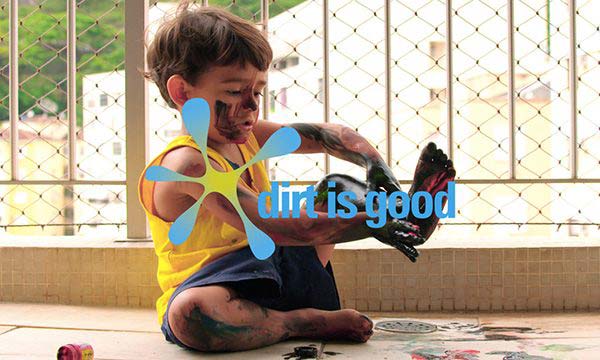Q: How do we break through habitual behaviour encountered across categories?
A: Understand consumers’ internal narratives
The challenge
So what’s really going on here – what’s behind the habit?
There is an inner parental voice, based on scripts forged in childhood, acting as a subconscious narrative when a consumer is making the purchase.
The ‘Directive parent voice’ tells consumers “Do as I do, it’s the right way”
 In response, the consumer unconsciously chooses to either:
In response, the consumer unconsciously chooses to either:
Follow the parent’s lead…
- This leads to feelings of security and comfort
- It requires little energy
- It’s an easy script to follow
OR challenge the parent’s lead…
- This leads to feelings of excitement and tension
- There’s risk of disapproval
- This is unsettling, it takes consumers out of their comfort zone
- It’s a harder choice requiring energy, resolve & reassurance
At the fixture, alongside all the other choices we have to make each day, it’s easier to refer to an established, successful script – to continue with mum’s example – rather than rebel and break the habit
So how can brands help consumers break the habit?
There are two key requirements…
1. Disruption
Of course, brands first need to disrupt the process to help consumers stop and think about the alternative options on offer
Grab attention and encourage consumers to pause for thought
2. Reassurance and support
There is another powerful internal voice – the ‘nurturing parent’. Brands need to encourage this internal narrative to give consumers confidence to break the habit
Saying ‘it’s ok’ by being encouraging, supportive, empowering & positive
Developing strategies for breaking habits…
- Disrupt – encourage consumers to pause and consider other options properly
- Don’t contradict the ‘directive parent voice’ too overtly as this risks feeling too challenging and unsettling
- Talk to the adult rather than the child – help consumers feel like mature adults… rather than rebelling against mum’s choice
- Employ the nurturing parent voice: You’re doing just fine – you’re capable of making good choices
- Adopt an empowering tonality – which leads to a stronger emotional relationship
As an example, Persil developed a disruptive campaign and a ‘nurturing parental voice’ in ‘Dirt is good’
A measured, pragmatic, realistic, adult to adult conversation – dirt is inevitable and has a positive developmental role in your child’s life
A reassuring, supportive and encouraging tonality – yes you are capable – you can manage dirt
Confidence and authority comes from your own inner resources and resilience – you recognise the role for dirt and how and when to manage it

